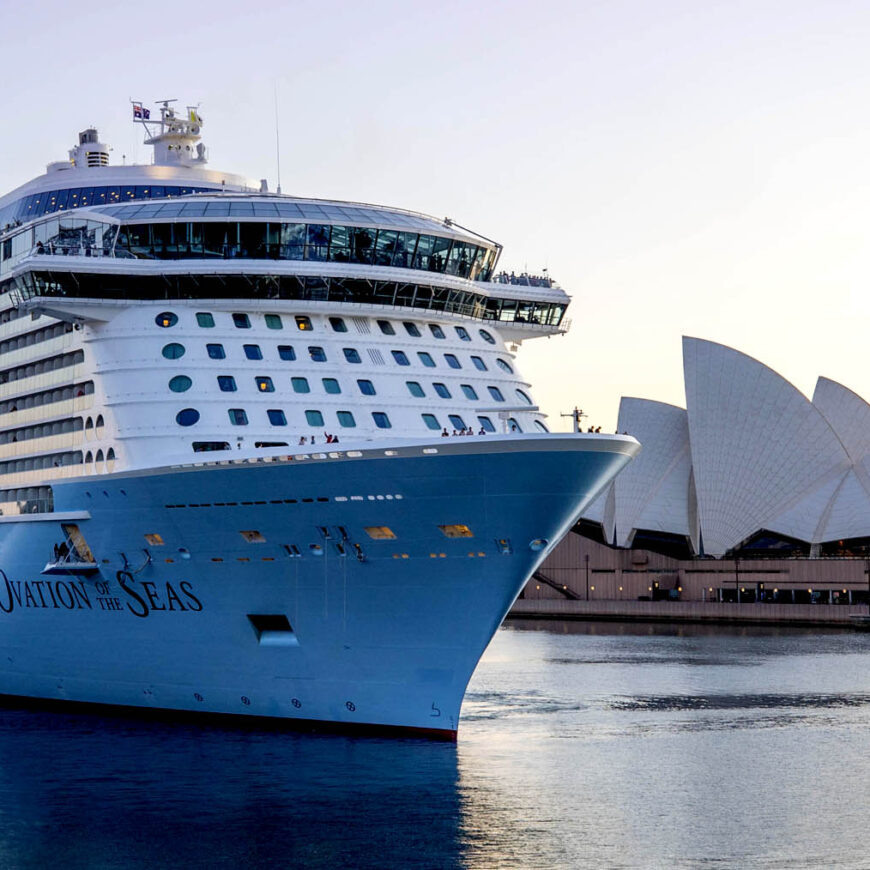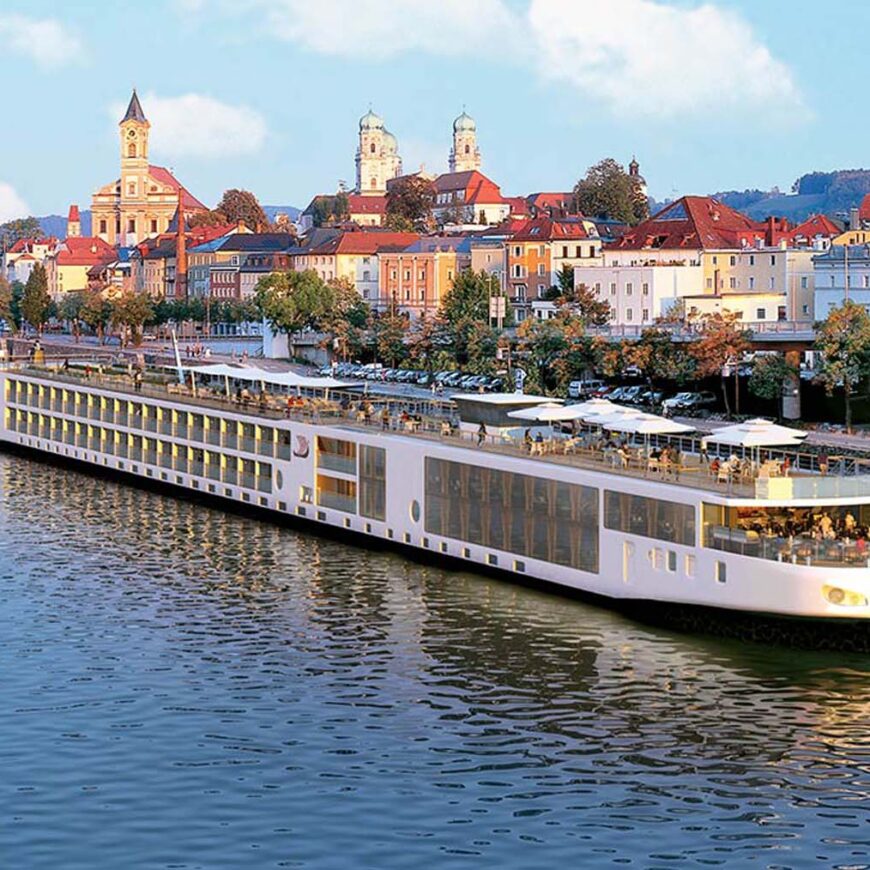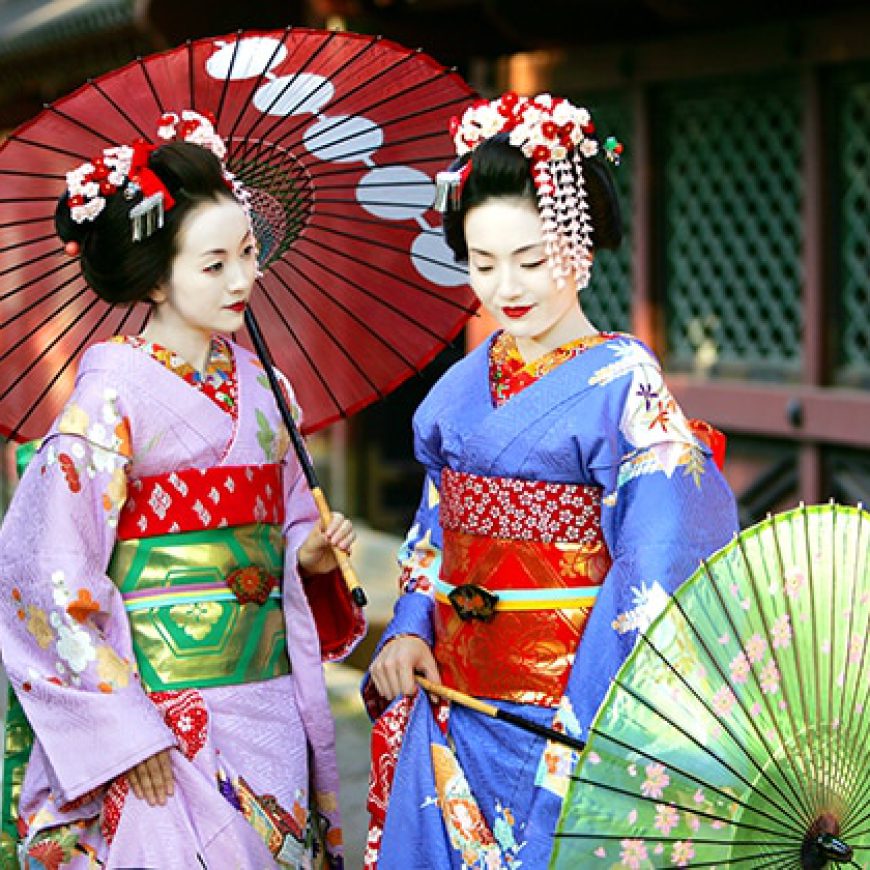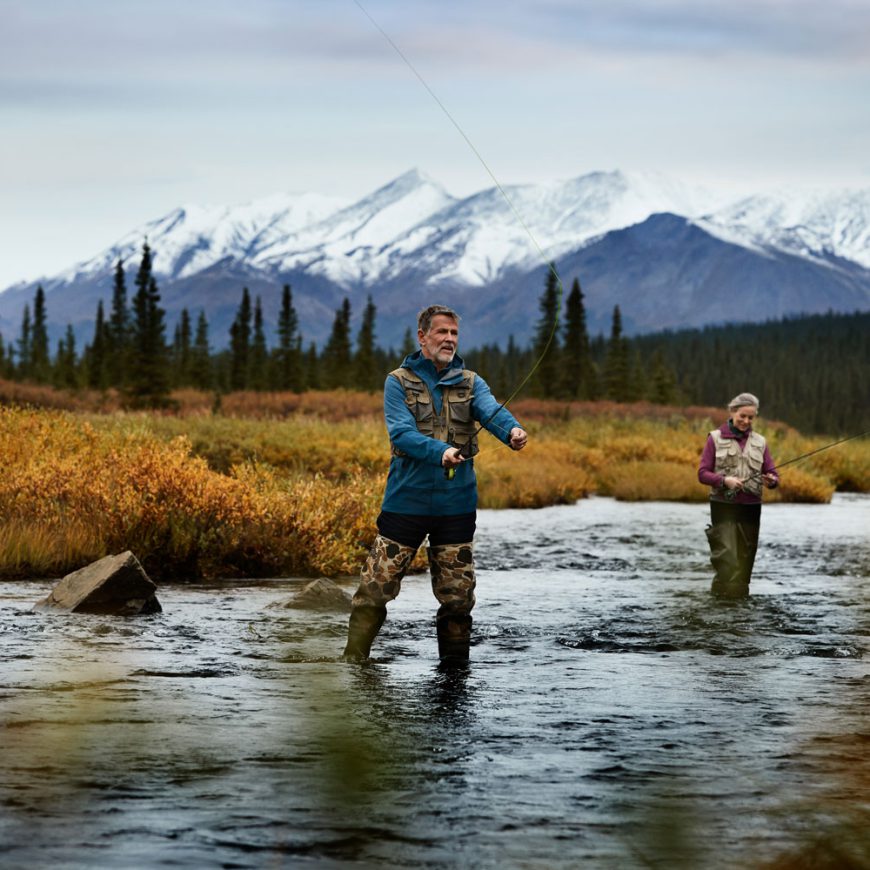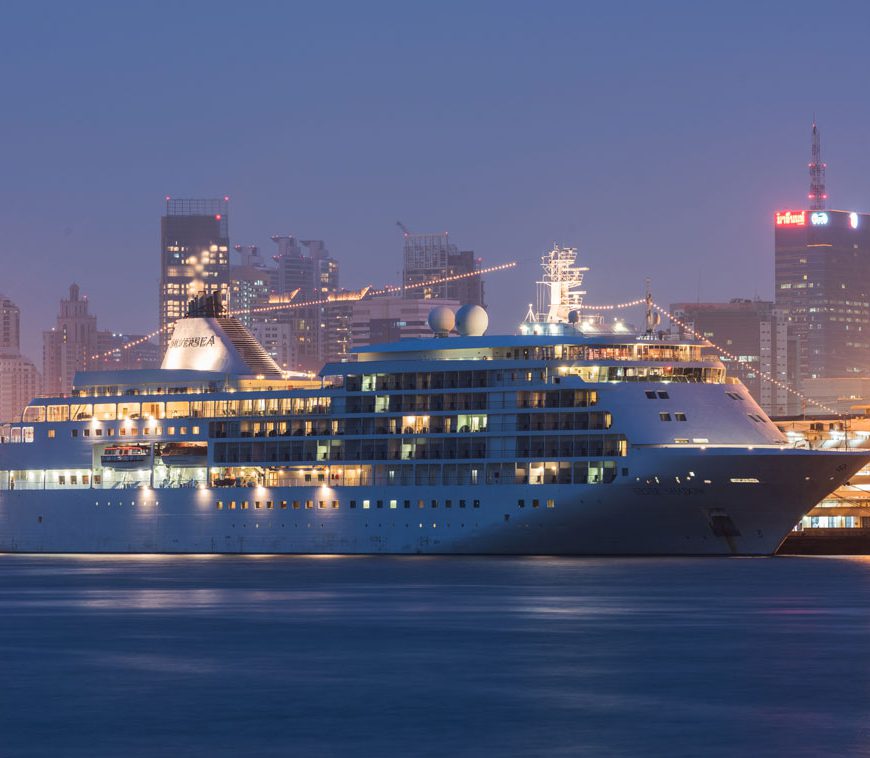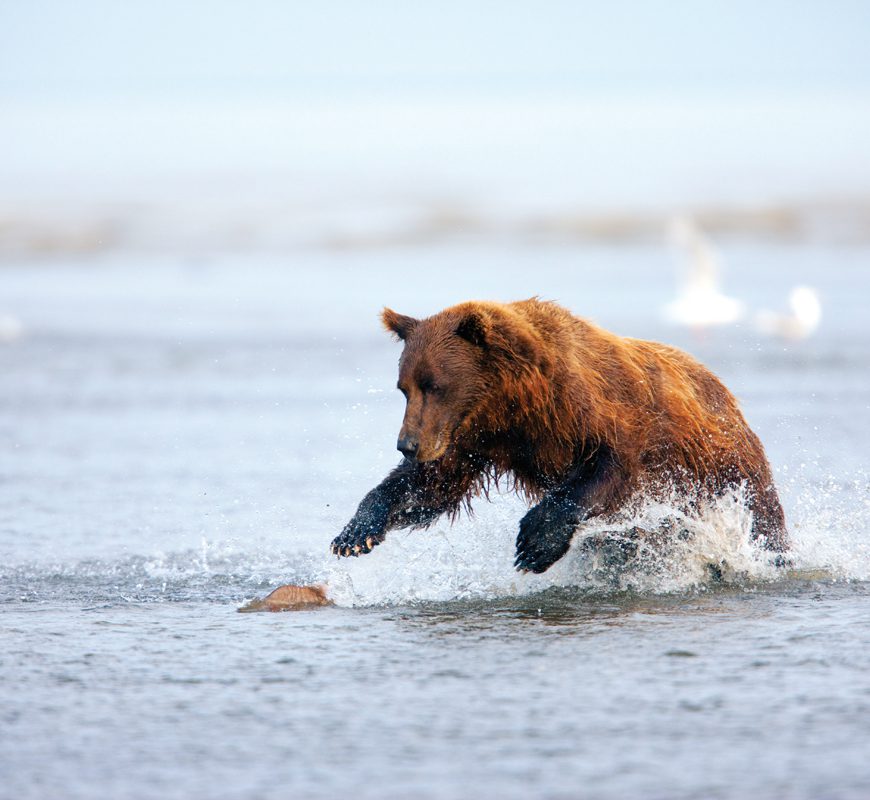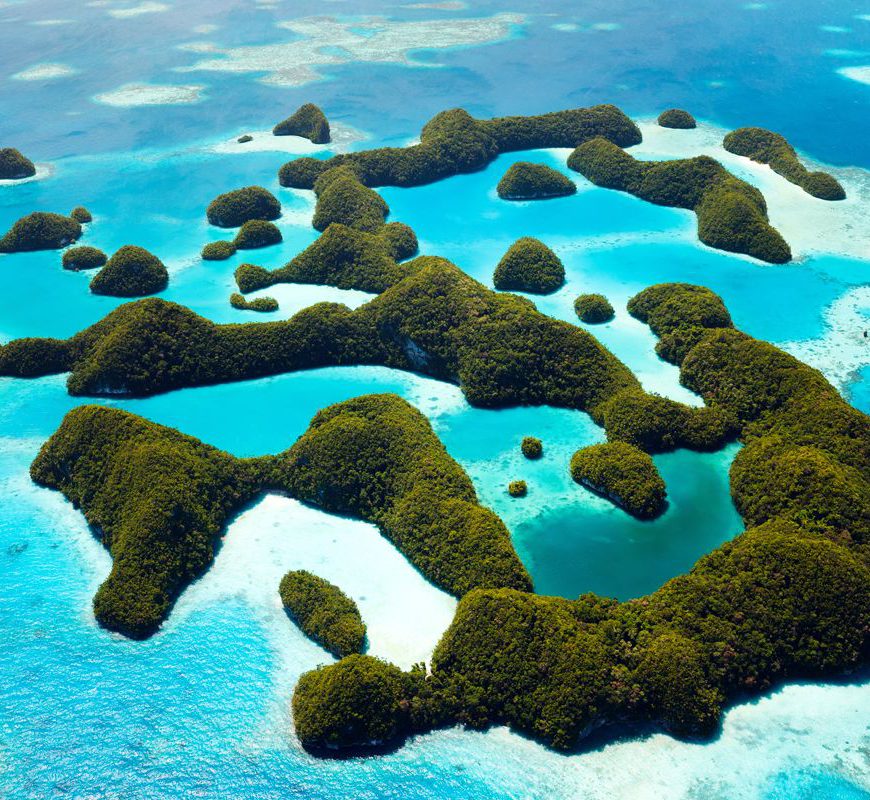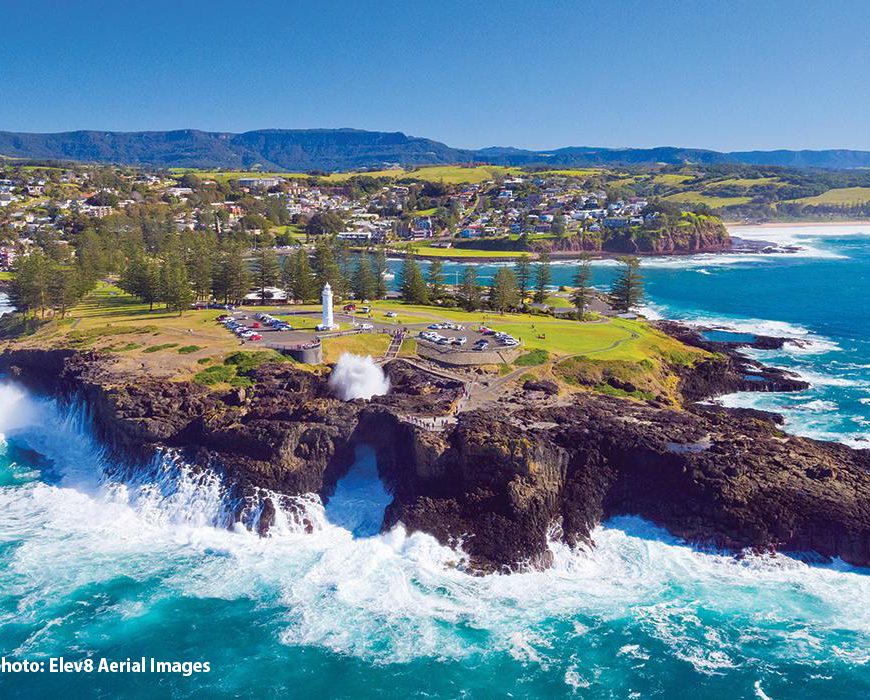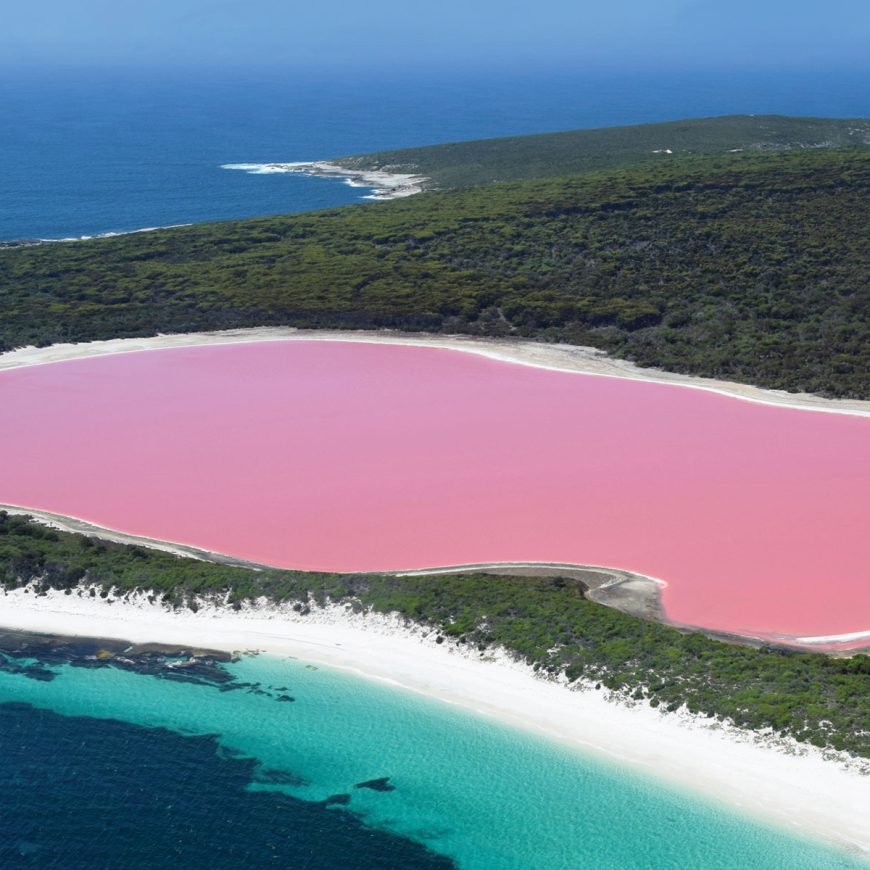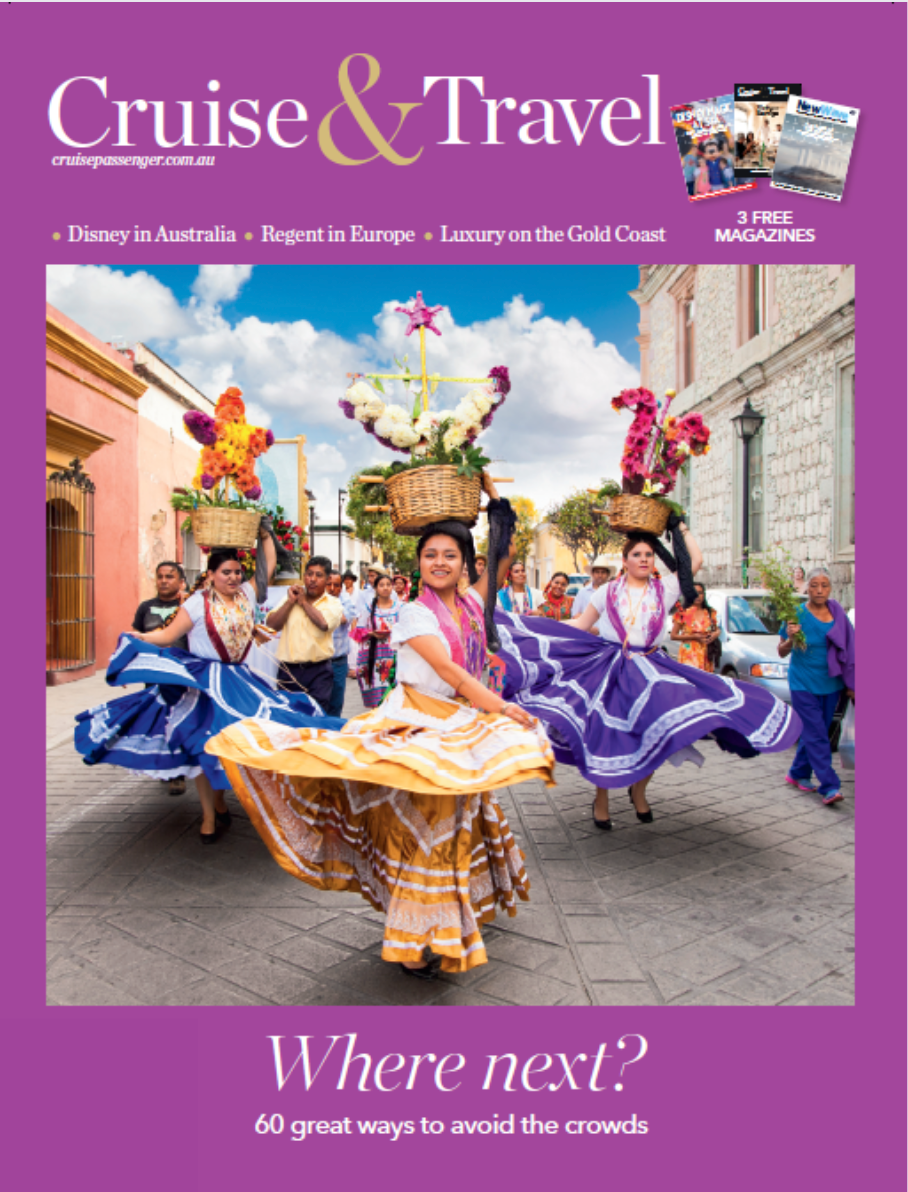Cruise Region Focus- Culture Feast
Tips & AdviceThe rivers, jungles, villages and cities of this fascinating equatorial region are becoming more open to travellers – explore its many attractions before they’re overrun.
Close to Australia is an exotic tropical world with infinite potential for adventure. Many of us have ventured to Papua New Guinea, Indonesia and Borneo and have discovered plants, animals and, most of all, cultures that are truly astonishing. In recent years, the opportunities to cruise along the coasts and rivers of this special part of the world around the Equator have really opened up. PNG is the world’s second-largest island and Borneo is its third-largest, while Java is certainly its most populous.
Of course, a large part of the island of Borneo is Indonesian territory, but many of its attractions lie in the Malaysian states of Sabah and Sarawak. Indonesia’s smaller islands, such as Bali, are perpetual drawcards, and a cruise makes it easy to visit nearby Lombok and Komodo, home to the world’s largest lizards. Komodo dragons can weigh in at 70 kilograms and grow to more than three metres long, so they dominate their world. The wilds of PNG include not just the Highlands and the remote Sepik River region but also the isle of New Britain and several smaller islands, too.
The weather is always warm but one has to pick the right time of the year to avoid monsoonal rains. Fortunately, cruises are rarely scheduled for the wet season, so cruisers are spared the need to do much climatic research. Distances in this part of the world aren’t great so it’s possible to have an active, crowded schedule.
Cruises here take various forms, from one leg of a round-world cruise to scheduled big-ship voyages, small expedition-ship itineraries, dive-boat trips to pristine reefs and wrecks, and river cruises that take you deep into the interior. Whether your quest is for the perfect beach, snorkelling site or artwork, local culture, beautiful flowers or friendly orangutans, this cruise region offers much that’s memorable and unique.
Destination Highlights
Sepik River, PNG
The Sepik is an impressive river that flows more than 1,100 kilometres to the north coast of Papua New Guinea. It drains a very large area and is navigable for much of its length, flowing directly into the Bismarck Sea rather than through a shallow delta. The main attraction of the Sepik is the people who live along its banks. The river is lined with traditional villages inhabited by people who create some of the most remarkable tribal artwork in the world. It’s best to get upriver as far as the Middle Sepik, but welcoming Watam village near the river mouth is now visited by some expedition ships.
Bali
It’s hardly necessary to tell most Australians about the attractions of Bali. This largely Hindu island is a magical place where, seemingly, everyone can find what they want, from a leisurely beach holiday to a spiritual experience to wonderful cuisine. The international dock is at Benoa, just out of Kuta towards Sanur. The shops of Kuta, Legian and Seminyak will hold strong appeal for some, but if you have limited time and want to experience the tranquil side of Bali, you need to head inland to the area around Ubud. While Ubud itself is becoming a mini-Kuta, the region around it is a maze of beautiful rice fields that give an idea of what Bali used to be like.
Malaysian Borneo
Officially known as East Malaysia, the Malaysian states of Sabah and Sarawak occupy the northern part of the island of Borneo. In the middle lies the tiny independent nation of Brunei. While much less developed than the rest of Malaysia, it’s larger than peninsula Malaysia and holds vast natural resources. For visitors, the attractions of Sabah extend far beyond the attractive beachside capital of Kota Kinabalu, to climbing Mount Kinabalu, visiting Sepilok Orang Utan Rehabilitation Centre, and learning the war history of coastal Sandakan, the province’s second-largest city. Travelling along the river is the ideal way to see the rugged interior landscape.
Indonesian Borneo
The southern and eastern parts of Borneo comprise the Indonesian territory of Kalimantan, large enough to be divided into four separate provinces. Making up more than two-thirds of the island, it’s home to the longhouse-dwelling Dayak people, supplemented by a rich cultural mix of Chinese, Malay and Javanese people, totalling more than 10 million. Though it’s been heavily logged in recent times, it still has a hugely diverse ecosystem. Naturally, visitors are drawn to the region’s various national parks, however marine diversity is equally impressive: snorkelling the many coral reefs is a visual delight.
The islands of PNG
While its remote highlands still hold many secrets, the attractions of PNG’s islands are obvious. The two largest, New Britain and New Ireland, lie to the north of the mainland in the Bismarck Sea. There are numerous other islands worth exploring, including those of Milne Bay, an area with a war history as rich as its marine life. In the Milne Bay area, off the eastern end of the PNG mainland, lie two very unusual islands: Fergusson (Moratau), with its bubbling mud pools, and Samarai, which, while it still has a few residents, is virtually a colonial ghost town. Indeed, it could be the deserted set of a Wild West movie.

